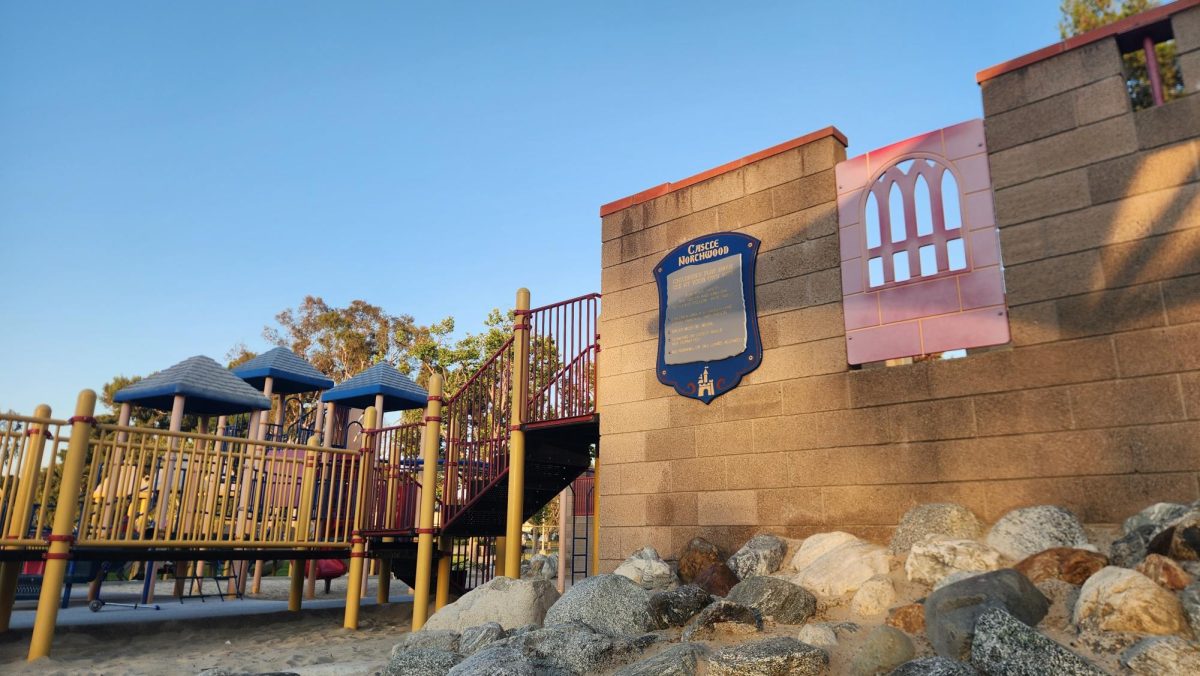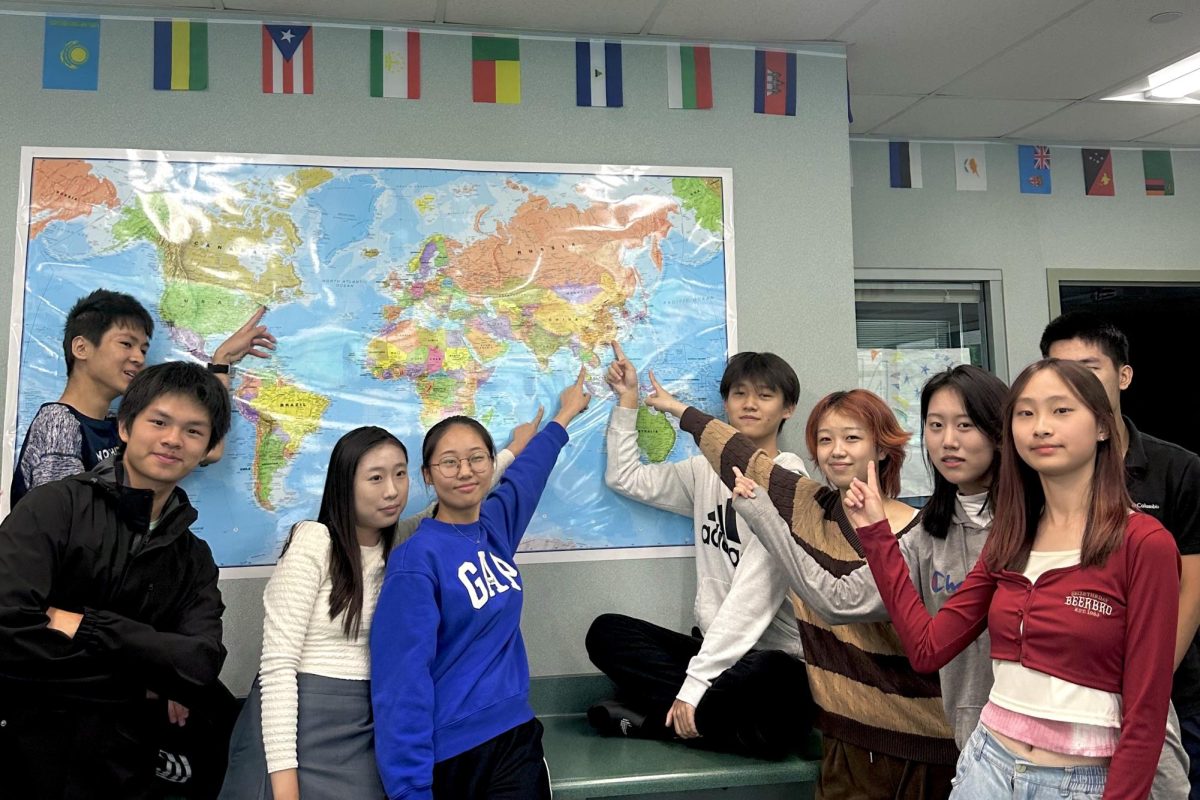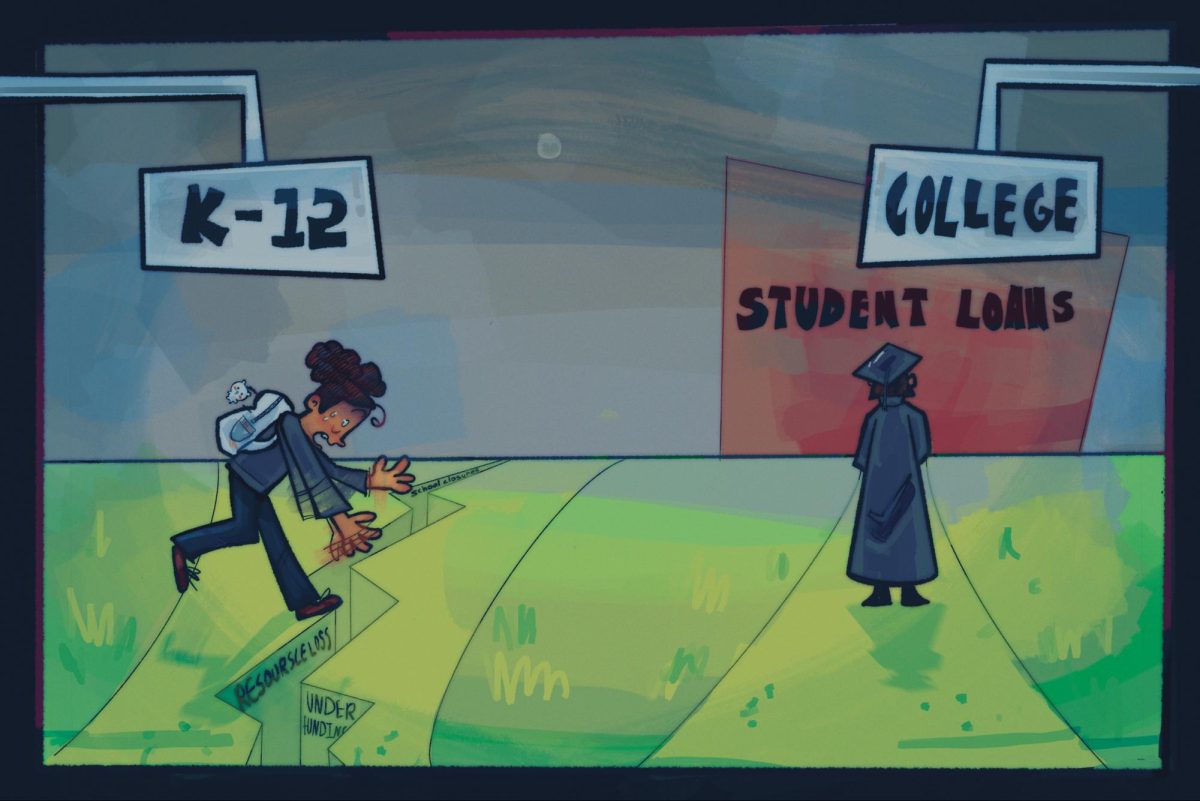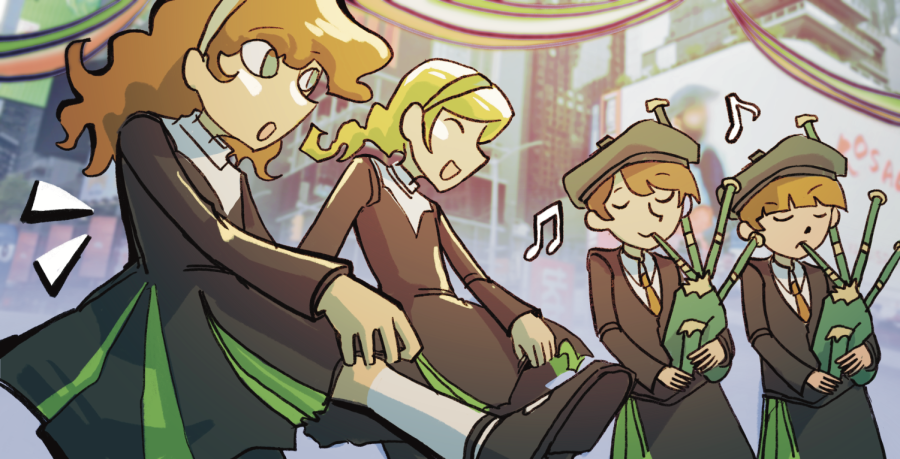The authenticity of St. Patrick’s Day traditions
MARCHING IN MARCH: St. Patrick’s Day paraders bring traditional dances and instrumental performances to the streets of New York City.
March 14, 2023
Bright green decorations, lucky clovers and sneaky leprechauns—whether you’re Irish or not, it’s likely that you’re familiar with the festive spring holiday of St. Patrick’s Day.
St. Patrick’s Day has become a trivial event in the modern day, with many Americans seeing it as a day to party or entertain children with footsteps of leprechauns and pots of gold. Many don’t know that most of the things associated with the holiday were not part of the original traditions, but have now been recognized as a part of an American adaptation and yearly commercial occasion that capitalizes off of the holiday.
Although St. Patrick’s Day has been observed in Ireland since the 1700s, most of its cultural significance came at a time when the Irish community was not always welcomed. The millions of Irish immigrants who arrived in America towards the end of the 1800s due to a famine were subject to harmful stereotypes and largely excluded from American society. Irish immigrants were seen as poor, violent and disease-ridden, and their religious differences only worsened their treatment.
St. Patrick’s Day parades in the United States became a way for Irish immigrants to come together in the face of discrimination and exhibit their collective pride in their culture and religion. At a time when they were largely left out of society, this day allowed them to embrace and celebrate their roots with traditional music, dance and folklore. This ultimately turned into elaborate parades, featuring bagpipes, drums and thousands of participants by the end of the 19th century, serving as a statement to the rest of America about the unity and strength of Irish immigrants.
However, as the tradition of celebrating the holiday grew to many people with no Irish heritage across America, the origins of the holiday started to be lost. Most of the items we associate with St. Patrick’s Day were adopted to sponsor American tourism and the spectacle that is the modern celebration, echoing larger recurring problems about the commercialization of holidays and the loss of cultural authenticity that comes with it.
For instance, we all associate the holiday with the color green, even though the original color was blue. Blue has many links to Ireland’s early history, as it is associated with significant figures in Irish Mythology, including St. Patrick himself, and the Irish military that started the parades in America in the first place. Green only became the primary color associated with Ireland after it was adopted by Irish rebels fighting against Great Britain.
Many of the iconic items from the holiday are rooted in misconceptions too, and have just grown as the holiday became bigger, such as corned beef and cabbage, which is now recognized as the most recognizable meal for the holiday despite never actually originating from Ireland. Pinching people who are not wearing green is also an Americanization of the original Irish customs, as leprechauns actually wore red in the original folklore.
This holiday was originally one that was meant to give the Irish community an opportunity to celebrate their heritage, but what it has become now is so far from that. When we stop prioritizing the preservation of these traditions, we contribute to the deterioration of people’s identities and their cultural belonging. Traditions need to evolve, and opening this tradition to the world is what allowed many to be exposed to Irish culture—but when the meaningful roots of this holiday are capitalized off of with our own watered-down, commercial version, we ultimately feed into the erosion of rich cultures all around the world that deserve to be explored.
While many new interpretations to the holiday have been embraced by Irish people, this tendency can cause us to devalue the traditions of others and their heritage—not just for St. Patrick’s Day, but for the large number of holidays that exist in our diverse society. You don’t have to play Celtic music or join a parade to celebrate this holiday, but it is important to understand and appreciate its origins to realize the larger significance it has for many all over the world.



























































sdsad
Mar 4, 2024 at 11:24 pm
bro what the world i aint even gonna lie bro i dont think ur in any position to talk about the authenticity or irish stuff :sob: